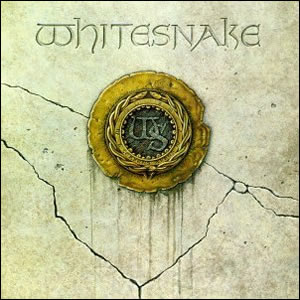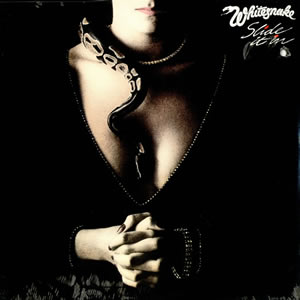Whitesnake
Buy Whitesnake Whitesnake‘s eponymous 1987 album bears the dual distinction of being the moment where a rock band finally reaches its full commercial promise and assures its own rapid demise. Both of these achievements […]

Buy Whitesnake Whitesnake‘s eponymous 1987 album bears the dual distinction of being the moment where a rock band finally reaches its full commercial promise and assures its own rapid demise. Both of these achievements […]

Buy Slide It In Whitesnake made its first real splash with the release of their sixth album, Slide It In in 1984. Although the album was far from a blockbuster hit, a second […]